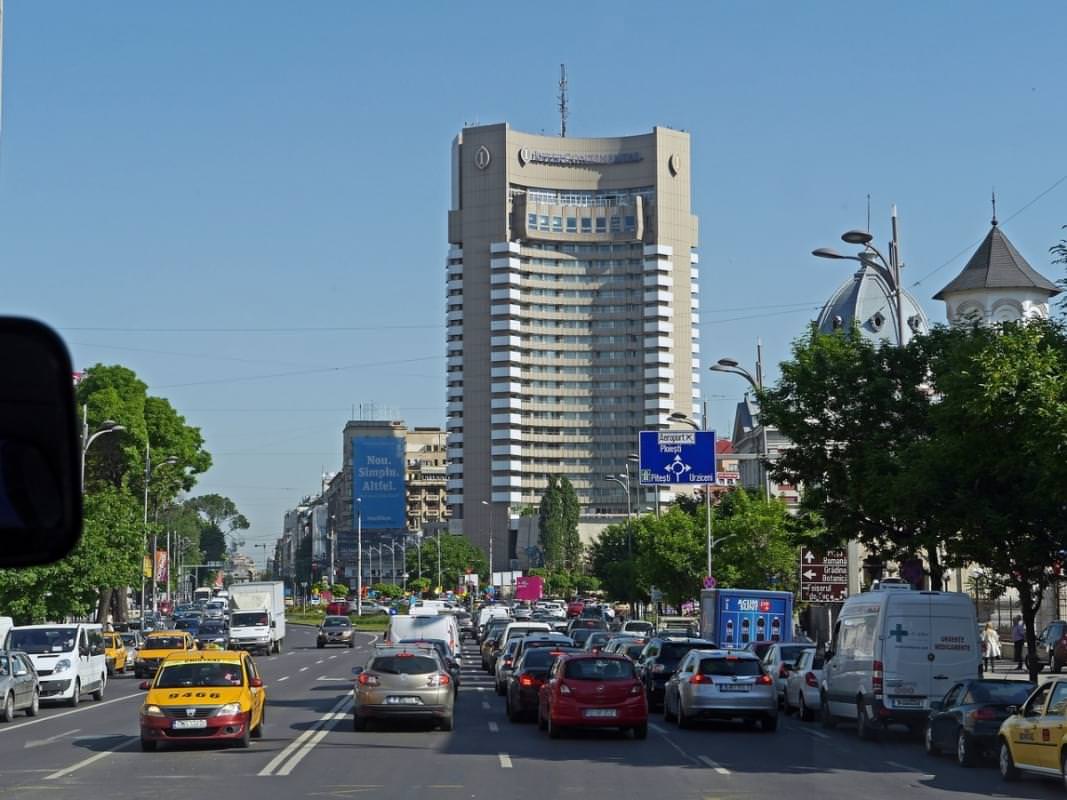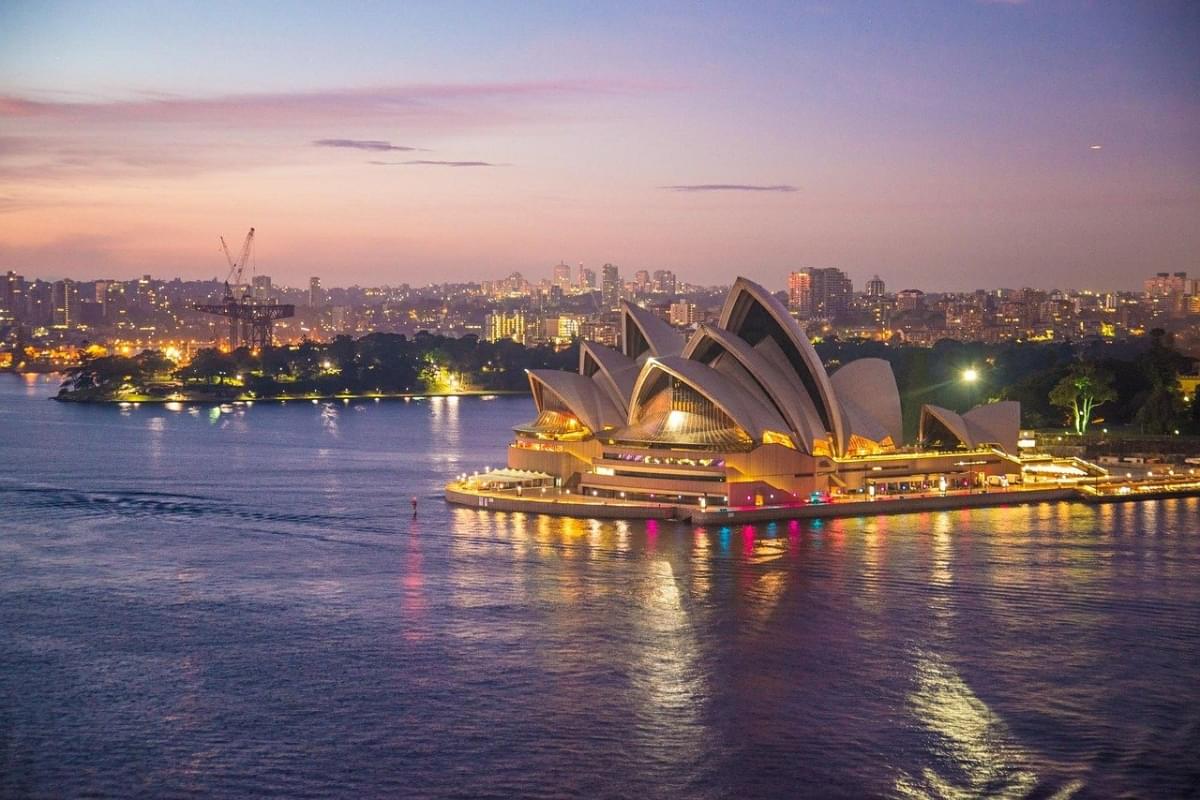
Ranking of the least polluted countries in the world in 2021
 The 21st century is certainly the era of industrial and economic development, a progress that goes hand in hand with the continuous and incessant increase in pollution levels, a phenomenon present in many cities and metropolises where the conditions and health of citizens is constantly at risk. However there are numerous national governments and entities that are committed to making the area less polluted possible, sensitizing the population to take care of the land in which they live and intervening with treaties and projects of various kinds. Here is the ranking of the least polluted countries in the world in 2021, sorted by Pollution Index calculated on the basis of data collected by the international site Numbeo.
The 21st century is certainly the era of industrial and economic development, a progress that goes hand in hand with the continuous and incessant increase in pollution levels, a phenomenon present in many cities and metropolises where the conditions and health of citizens is constantly at risk. However there are numerous national governments and entities that are committed to making the area less polluted possible, sensitizing the population to take care of the land in which they live and intervening with treaties and projects of various kinds. Here is the ranking of the least polluted countries in the world in 2021, sorted by Pollution Index calculated on the basis of data collected by the international site Numbeo.
10 – Australia, 23.46
 This country, starting from 1998, with the aim of monitoring certain areas of the state (more polluted than others), has introduced national standards for air quality measurement and a national reporting process. Six air polluting criteria are used: ozone, carbon monoxide, nitrogen dioxide, sulfur dioxide, particles such as PM 10 and particles such as PM 2.5 and lead. The process of collecting and analyzing these data began in 2002 and was subsequently extrapolated thanks to the air quality index (AQI) in 2008; today it is clear that air pollution is very low (17.26μg), as is also drinking water pollution (13.56μg).
This country, starting from 1998, with the aim of monitoring certain areas of the state (more polluted than others), has introduced national standards for air quality measurement and a national reporting process. Six air polluting criteria are used: ozone, carbon monoxide, nitrogen dioxide, sulfur dioxide, particles such as PM 10 and particles such as PM 2.5 and lead. The process of collecting and analyzing these data began in 2002 and was subsequently extrapolated thanks to the air quality index (AQI) in 2008; today it is clear that air pollution is very low (17.26μg), as is also drinking water pollution (13.56μg).
9 – New Zealand, 23.40
 This state has introduced some measures to reduce pollution environmental and in detail the water pollution varies according to the river basins, an agreement was made for the drying and cleaning of the flows to address various problems especially related to pollution due to the farming of milk and fertilizers. In fact, precisely in New Zealand, before the 2000s, only agriculture contributed to 48.2% of total emissions, while in other countries of the Kyoto Protocol, agriculture should generally contribute about 11% of total emissions. .
This state has introduced some measures to reduce pollution environmental and in detail the water pollution varies according to the river basins, an agreement was made for the drying and cleaning of the flows to address various problems especially related to pollution due to the farming of milk and fertilizers. In fact, precisely in New Zealand, before the 2000s, only agriculture contributed to 48.2% of total emissions, while in other countries of the Kyoto Protocol, agriculture should generally contribute about 11% of total emissions. .
8 – Switzerland, 22.39
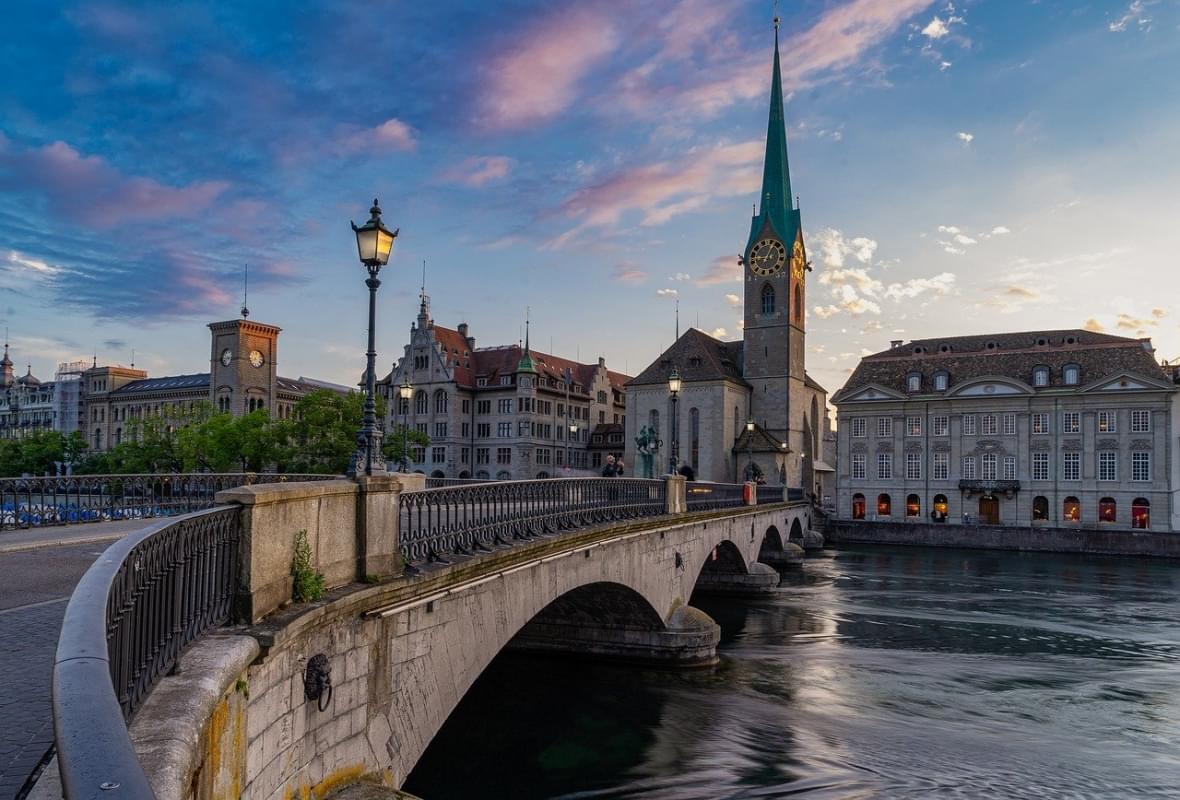 Since the 1980s, air quality in Switzerland has undergone a marked improvement, however the level of nitrogen oxides, ozone and respirable fine dust remain in quantities that are still much higher than the norm. Especially during the summer periods, when there is strong solar radiation and a lack of wind, pollution sharply increases; for this reason the Swiss state has decided to implement measures to reduce the ozone level in the air through the traffic limitation motorized and industrial and craft activities.
Since the 1980s, air quality in Switzerland has undergone a marked improvement, however the level of nitrogen oxides, ozone and respirable fine dust remain in quantities that are still much higher than the norm. Especially during the summer periods, when there is strong solar radiation and a lack of wind, pollution sharply increases; for this reason the Swiss state has decided to implement measures to reduce the ozone level in the air through the traffic limitation motorized and industrial and craft activities.
7 – Austria, 22.19
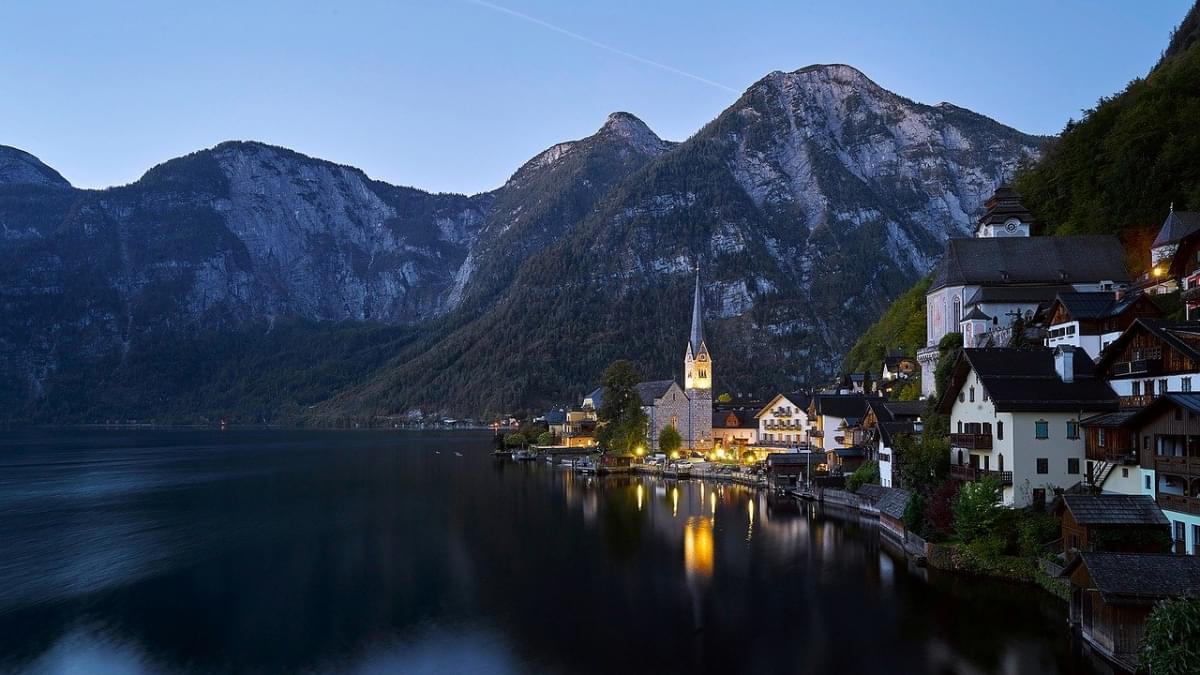 It is one of the most virtuous nations and, with the aim of reducing emissions of fine particles and nitrogen oxides, has introduced the environmental badge, which only affects vehicles on the road, the main cause of Austrian pollution. In 2012 the Ministry of the Environment introduced several access bans and traffic restrictions which affects all vehicles; the latter must obtain the environmental badge if, for example, they have to pass through one of the 6 environmental zones with limited traffic in Austria. In 2014, with the aim of reaching the limits imposed by the European Union, restrictions were also implemented on the EURO 2 vehicles.
It is one of the most virtuous nations and, with the aim of reducing emissions of fine particles and nitrogen oxides, has introduced the environmental badge, which only affects vehicles on the road, the main cause of Austrian pollution. In 2012 the Ministry of the Environment introduced several access bans and traffic restrictions which affects all vehicles; the latter must obtain the environmental badge if, for example, they have to pass through one of the 6 environmental zones with limited traffic in Austria. In 2014, with the aim of reaching the limits imposed by the European Union, restrictions were also implemented on the EURO 2 vehicles.
6 – Denmark, 21.33
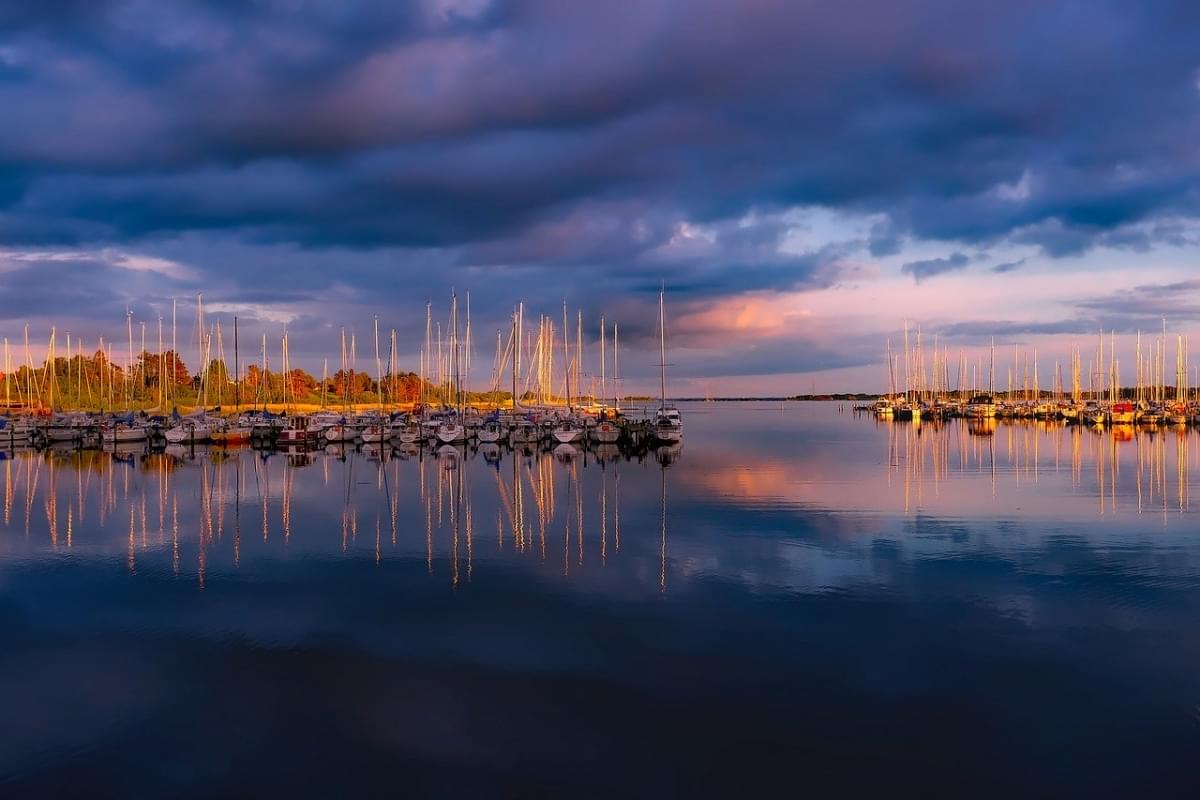 It is one of the cleanest and most avant-garde countries in the world also thanks to its huge investments in the shape of wind energy, in fact only in 2015 there were something like 5,000 wind turbines throughout the Danish territory. In fact, today about 45% of the energy consumed by the Danes is of wind origin, while in 1990 only 2%. However, the nation’s commitment was not only made in the energy sector, even the citizens of the capital Copenhagen are very committed, in fact 90% of them have a bicycle and only 40% have a car.
It is one of the cleanest and most avant-garde countries in the world also thanks to its huge investments in the shape of wind energy, in fact only in 2015 there were something like 5,000 wind turbines throughout the Danish territory. In fact, today about 45% of the energy consumed by the Danes is of wind origin, while in 1990 only 2%. However, the nation’s commitment was not only made in the energy sector, even the citizens of the capital Copenhagen are very committed, in fact 90% of them have a bicycle and only 40% have a car.
5 – Norway, 20.35
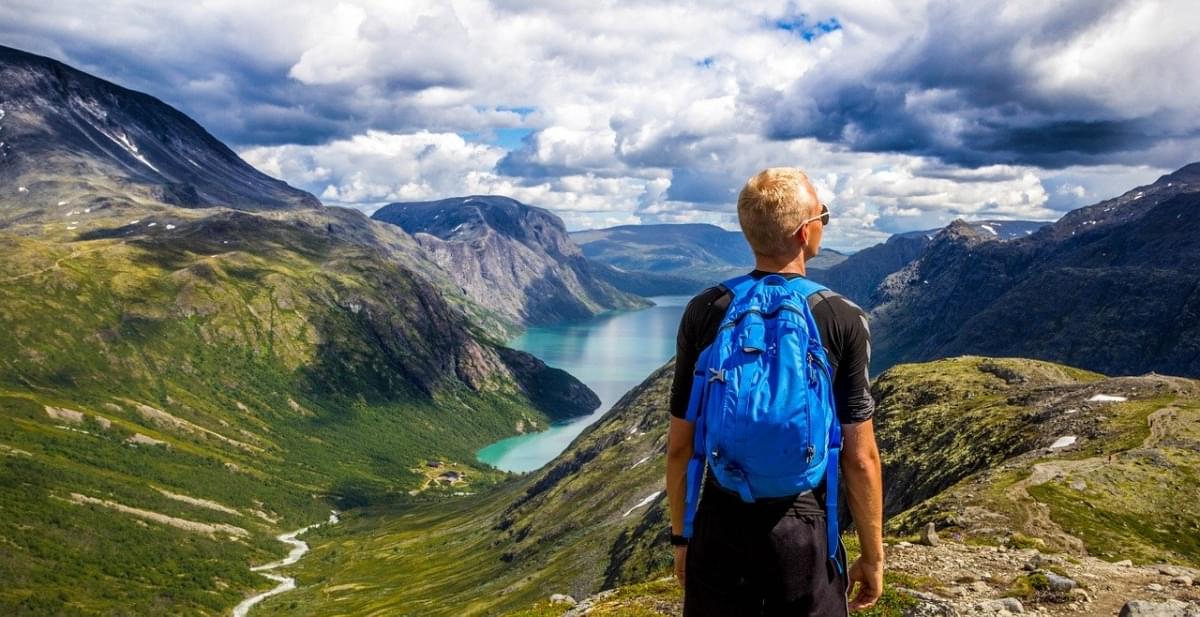 The country is very committed to protection of the ecosystem and liquid assets, in fact, the Norwegian government for example has implemented a policy aimed at controlling exporters of plastic waste, in particular, detailed information is required about the volume and type of waste. On an international level, Norway has established an important dialogue with the World Bank to launch a global fund to bring the problem of pollution of the seas and oceans to the attention of the world. Finally, this nation has implemented an important project to tackle CO2 emissions as well.
The country is very committed to protection of the ecosystem and liquid assets, in fact, the Norwegian government for example has implemented a policy aimed at controlling exporters of plastic waste, in particular, detailed information is required about the volume and type of waste. On an international level, Norway has established an important dialogue with the World Bank to launch a global fund to bring the problem of pollution of the seas and oceans to the attention of the world. Finally, this nation has implemented an important project to tackle CO2 emissions as well.
4 – Estonia, 19.81
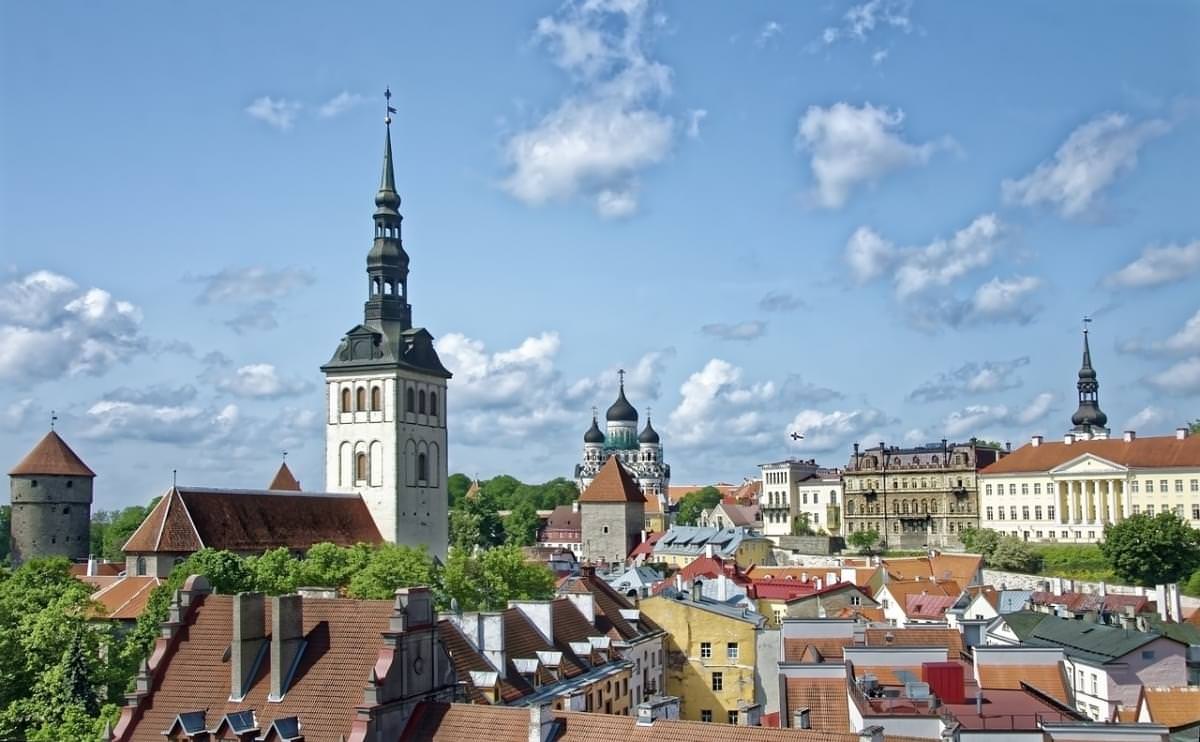 Estonia boasts many forests, green areas and protected, however unfortunately it also has some pollution problems deriving from power plants fueled with fossil fuels that compromise the quality of the air and water, a phenomenon that has reached worrying levels especially in the Soviet period. However, today the Tallinn government shows great sensitivity to the problem, putting in place numerous environmental protection regulations; for example, citizens are “discouraged” from using cars on weekdays and since 2013 in Tallinn you travel for free on buses and trams. This ecological breakthrough in Tallinn is one of the most important and successful initiatives implemented in Europe.
Estonia boasts many forests, green areas and protected, however unfortunately it also has some pollution problems deriving from power plants fueled with fossil fuels that compromise the quality of the air and water, a phenomenon that has reached worrying levels especially in the Soviet period. However, today the Tallinn government shows great sensitivity to the problem, putting in place numerous environmental protection regulations; for example, citizens are “discouraged” from using cars on weekdays and since 2013 in Tallinn you travel for free on buses and trams. This ecological breakthrough in Tallinn is one of the most important and successful initiatives implemented in Europe.
3 – Sweden, 18.09
 This country, to reduce the levels of nitrogen dioxide present in the air (especially in the busiest streets of the capital Stockholm) and therefore the levels of pollution, implemented three methods: the ban on the use of studded tires, a more frequent washing of the roads and the washing of the latter with a liquid capable of binding the powders, in addition, there are also plans to introduce a tax on studded tires. Sweden is also one of the countries that participated in the Nordic Council of Reykjavik, together with Denmark, Finland, Iceland, Norway and Sweden where an important step forward in the fight against contamination of the seas by plastic took place.
This country, to reduce the levels of nitrogen dioxide present in the air (especially in the busiest streets of the capital Stockholm) and therefore the levels of pollution, implemented three methods: the ban on the use of studded tires, a more frequent washing of the roads and the washing of the latter with a liquid capable of binding the powders, in addition, there are also plans to introduce a tax on studded tires. Sweden is also one of the countries that participated in the Nordic Council of Reykjavik, together with Denmark, Finland, Iceland, Norway and Sweden where an important step forward in the fight against contamination of the seas by plastic took place.
2 – Iceland, 16.21
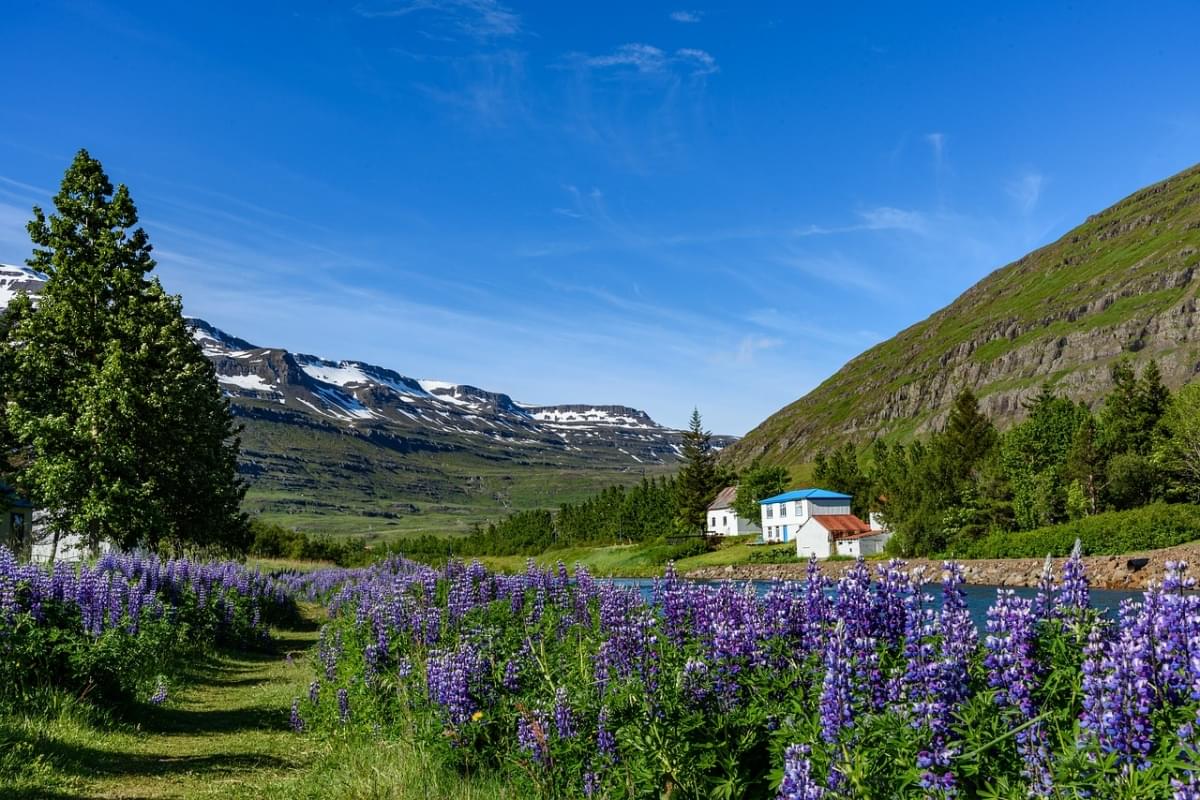 IS’ one of the greenest nations and less polluted in the world and has the good fortune of being able to avoid fuel pollution and the like thanks to its geographical characteristics; in its territory the volcanic activity is in fact very lively and constant and this makes the subsoil an inexhaustible source of energy. Furthermore, it is now a historical fact that between 1990 and 2015 CO2 emissions in Iceland increased by 30% and among the causes there is also the contribution of peatlands which annually emit a large amount of greenhouse gases. To avoid the increase of peat and therefore of emissions, the Icelandic Ministry of Environment and Natural Resources has introduced a project that foresees the restoration of marshy areas which is blocking the release of greenhouse gases.
IS’ one of the greenest nations and less polluted in the world and has the good fortune of being able to avoid fuel pollution and the like thanks to its geographical characteristics; in its territory the volcanic activity is in fact very lively and constant and this makes the subsoil an inexhaustible source of energy. Furthermore, it is now a historical fact that between 1990 and 2015 CO2 emissions in Iceland increased by 30% and among the causes there is also the contribution of peatlands which annually emit a large amount of greenhouse gases. To avoid the increase of peat and therefore of emissions, the Icelandic Ministry of Environment and Natural Resources has introduced a project that foresees the restoration of marshy areas which is blocking the release of greenhouse gases.
1 – Finandia, 11.55
At the top of the ranking is Finland, one of the most sustainable countries in the world and whose capital Helsinki is working to become “zero emissions”, with a plan that will lead to a 60% decrease in emissions harmful to the environment, especially thanks to the lowering of the consumption of heating in homes and the increasingly widespread use of photovoltaic panels in homes and gods electric transport. The “Think Sustainability” project also played a great role, suggesting actions in different areas such as zero-kilometer catering or eco-hotels.
Classification criteria
The ranking is based on data collected by Numbeo on the Pollution Index. The value is the resultant of following pollution indices:
- Air quality
- Access to drinking water
- Water pollution
- Waste management
- Perception of the population on cleanliness and order
- Sound and light pollution at night
- Presence of public green
- Degree of discomfort in living in the city due to pollution
The Pollution Index, however, attributes greater weight to items concerning air and water pollution and less to other indices such as noise pollution and the degree of discomfort of the population.








